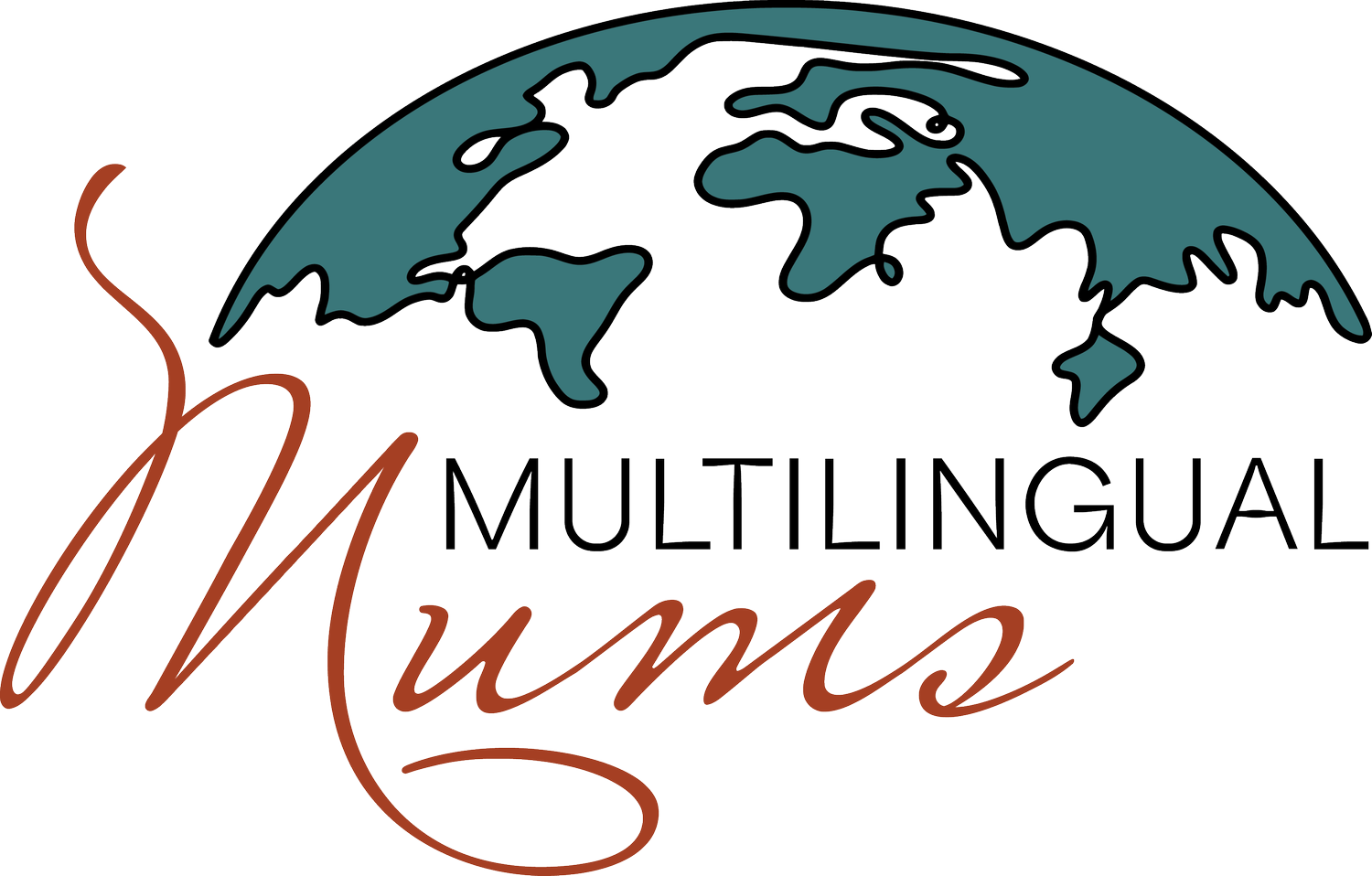Les drapeaux des pays
This is where the fun really starts!
These mini cards are packed with information and there’s so much you could do with them!
For example:
Visuals:
Just focus on the flags themselves! With kids, make observations about the patterns you see. What flags have colors in common? Find pairs where there is just one little difference that distinguish them from one another.
Even if French isn’t your language, you could focus on the 3-letter codes for the countries. Note: the codes are the ISO codes. In most cases, that is the same code that is used for the Olympics. But if it’s different, then the Olympics code is written in parentheses. Do you know the codes of the different places? Maybe you’re learning these for the first time. Maybe it’s a refresher for you. You may well know the more common places but what about the more obscure places. This can be a challenge and bring together everyone at all levels!
Language: Use this to practice country names, no matter your level of French!
Maybe
it’s a native language
you are fluent
or it’s a relatively stable language for you.
On the other hand, perhaps:
you’re a newer learner
you’re really wanting to get beyond an elementary level
you feel rusty after not using French for a long time
or you’re just in some unstable period of your French language journey for whatever reason…
Or you might be fluctuating somewhere in between! You can get what you need out of these cards by focusing on what is of interest or relevant to you now.
What might you work on?
learn the names of the countries
find out the gender of the countries. Yes, countries are masculine or feminine in French. Use that to tell you what prepositions to use when talking about going to or coming from a country.
see how to pronounce it with the IPA (International Phonetic Alphabet). This is my preferred way of transcribing so that anyone can know exactly how to pronounce it (IPA tutorial is coming!)
practice forming the nationality for people from those places. You’ll see the masculine and feminine forms. Do you know these patterns? Beginners: do they make sense to you? Advanced speakers: do they roll off your tongue?
Note that is a first draft. If you notice any typos, please don’t hesitate to let me know. It’s important to me that they be correct.
Note also that there are MANY MANY cards and it might seem overwhelming. I started with countries. I made sure to add other territories that are participating in the Olympics. I wanted to be comprehensive and inclusive. But you can just choose to work with a small number at a time! Make it manageable and do not let yourself get overwhelmed!
And incorporate outside knowledge and skills as you use these cards:
Put in alphabetical order.
Sort by continent.
Sort by languages spoken. (Aside: My plan is to eventually put language on the final version of the cards but I’m consulting with others about what languages should be represented for the different countries, especially those that have many! If you’d like to be part of the discussion, please reach out! Especially you linguists who are reading this!)
This is how you can really use these cards to spark conversation, grow different skills, and be creative!
Have fun!
Don’t just let these sit on the table.
Keep them in a bowl on your coffee table and see what happens.
Even after the Olympics are over!
Enter your email here and you’ll get the link to download a 13-page color pdf! I’d love to know what your countries and/or languages are!
Share: I would love to know how you’re using these cards! Send me a note directly. Share on social media: on Instagram or the private Facebook group. I’m sure there are others who are also curious to learn from you about how you incorporate language, learning, culture, travel, connection, interaction into your daily life or classroom!
What’s next on the blog? Learn how I print, cut and laminate the cards to make them last! This is will be from my perspective as a former elementary school teacher who finds it all so relaxing! Maybe you’ll be able to relate?


